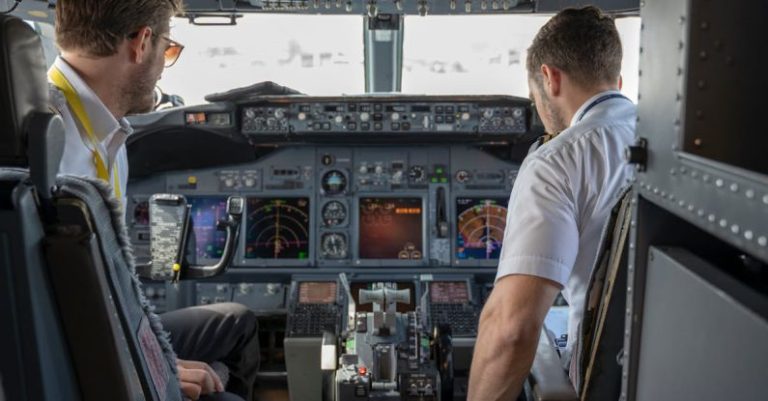
Hot air ballooning is a thrilling and unforgettable experience that allows individuals to soar through the sky and witness breathtaking views from above. However, as with any adventurous activity, safety is paramount. To ensure the safety of passengers and crew members, there are several regulations and guidelines that hot air balloon operators must adhere to. In this article, we will explore the top safety regulations that govern the hot air ballooning industry.
**Pilot Certification and Training**
One of the most critical safety regulations in hot air ballooning is the requirement for pilots to obtain proper certification and training. Pilots must hold a valid pilot’s license issued by the Federal Aviation Administration (FAA) and have completed the necessary training to operate a hot air balloon safely. This training covers a wide range of topics, including balloon operation, weather patterns, emergency procedures, and navigation.
**Pre-Flight Safety Briefing**
Before each hot air balloon flight, operators are required to provide passengers with a comprehensive pre-flight safety briefing. This briefing covers important safety information, such as how to board and exit the balloon, what to do in case of an emergency, and the importance of following the pilot’s instructions during the flight. Passengers are also informed about safety equipment on board, including fire extinguishers and first aid kits.
**Weather Conditions**
Weather plays a significant role in the safety of hot air ballooning. Operators must carefully monitor weather conditions before each flight to ensure that it is safe to take off. Wind speed, visibility, and precipitation are all factors that can impact the safety of a hot air balloon flight. Pilots must be prepared to cancel or postpone a flight if weather conditions are not suitable for safe operation.
**Weight Restrictions**
Another important safety regulation in hot air ballooning is the implementation of weight restrictions. Balloons have a maximum weight capacity that must not be exceeded to ensure safe operation. Operators must carefully calculate the weight of the balloon, passengers, and equipment before each flight to ensure that the balloon can lift off and fly safely.
**Maintenance and Inspections**
Regular maintenance and inspections are essential to the safe operation of hot air balloons. Operators must conduct routine inspections of the balloon, basket, burners, and other equipment to ensure that everything is in good working condition. Any issues or defects must be promptly addressed and repaired by qualified technicians.
**Emergency Procedures**
Despite the best precautions, emergencies can still occur during hot air balloon flights. Pilots are trained to handle a variety of emergency situations, such as rapid descent, landing in an unexpected location, or dealing with a fire onboard. Passengers are also briefed on emergency procedures before the flight so that they know what to do in case of an emergency.
**Conclusion: Safety First in Hot Air Ballooning**
In conclusion, safety is the top priority in the hot air ballooning industry. By following strict regulations and guidelines, operators can ensure the safety of passengers and crew members during every flight. From pilot certification and training to pre-flight safety briefings and emergency procedures, every aspect of hot air ballooning is carefully regulated to minimize risks and ensure a safe and enjoyable experience for all. Next time you embark on a hot air balloon adventure, rest assured that your safety is in good hands.





